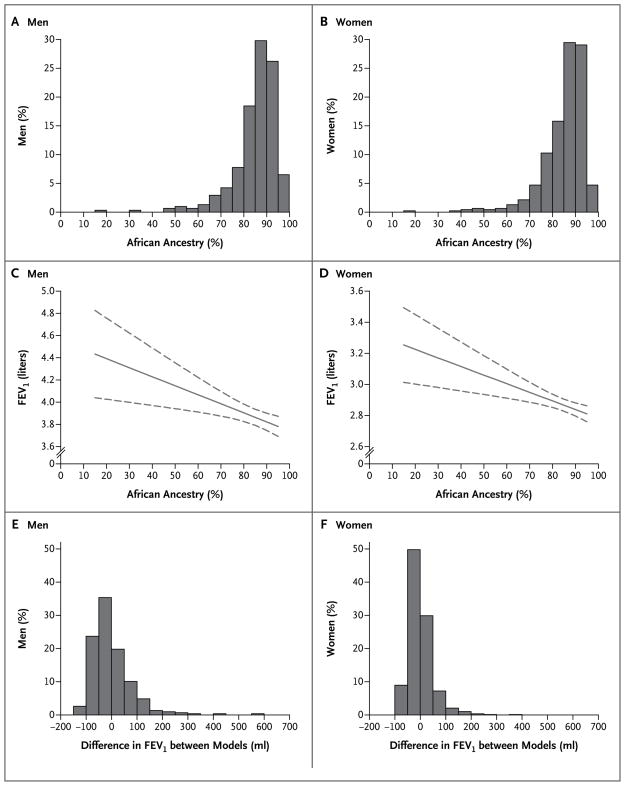Figure 1. Ancestry, Forced Expiratory Volume in 1 Second (FEV1), and Differences in Predicted FEV1 among CARDIA Study Participants.
The percentage of African ancestry, as estimated by means of genetic markers, in men and women who identified themselves as African American is shown in Panels A and B, respectively. The relation between African ancestry and FEV1 (indicated as a solid curve, with 95% confidence intervals as dashed curves) is also shown for men and women, in Panels C and D, respectively. The extent and distribution of the differences in predicted FEV1 between the ancestry-based models and the standard race-based models (not including ancestry) in men and women are shown in Panels E and F, respectively.

